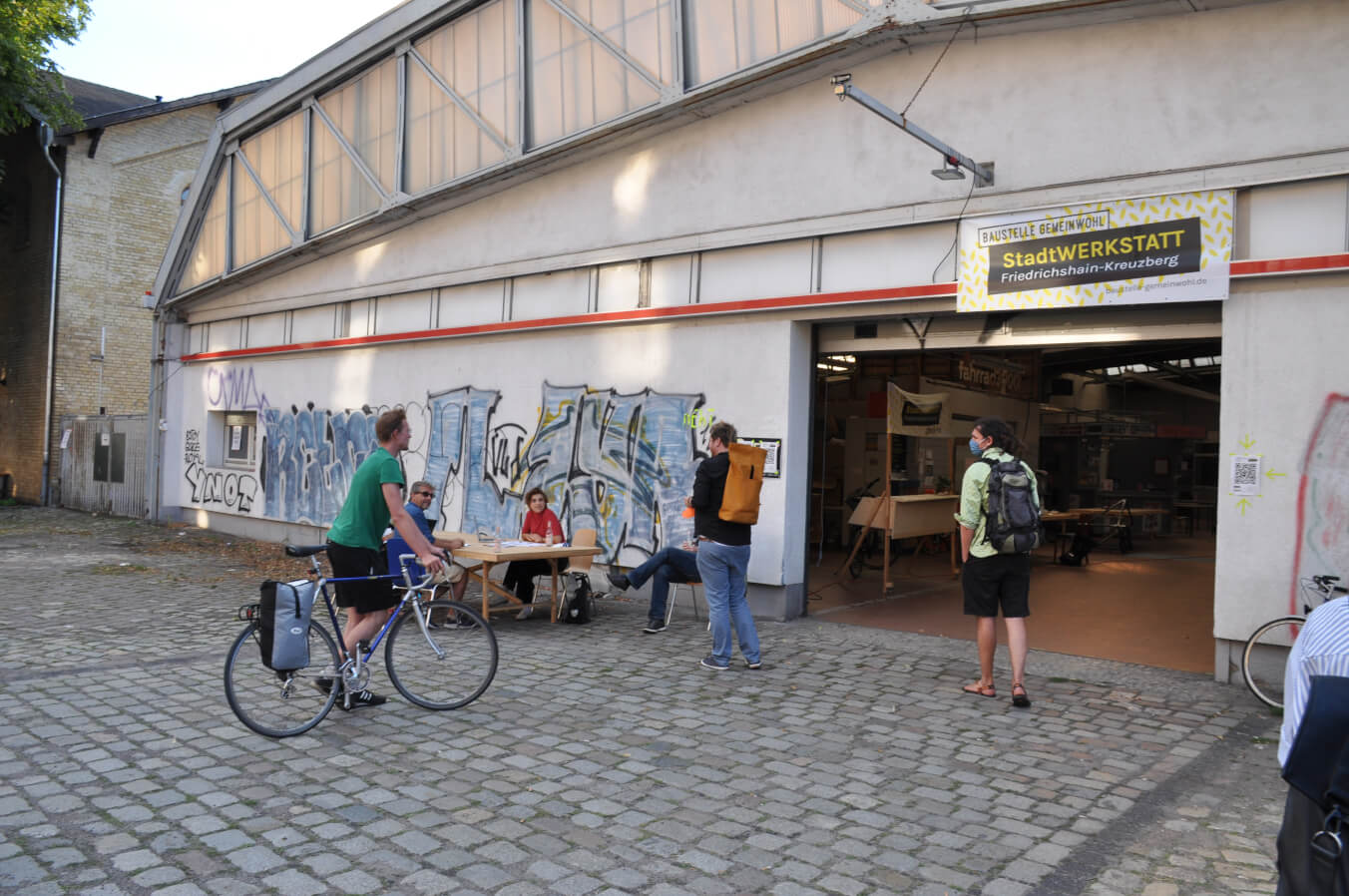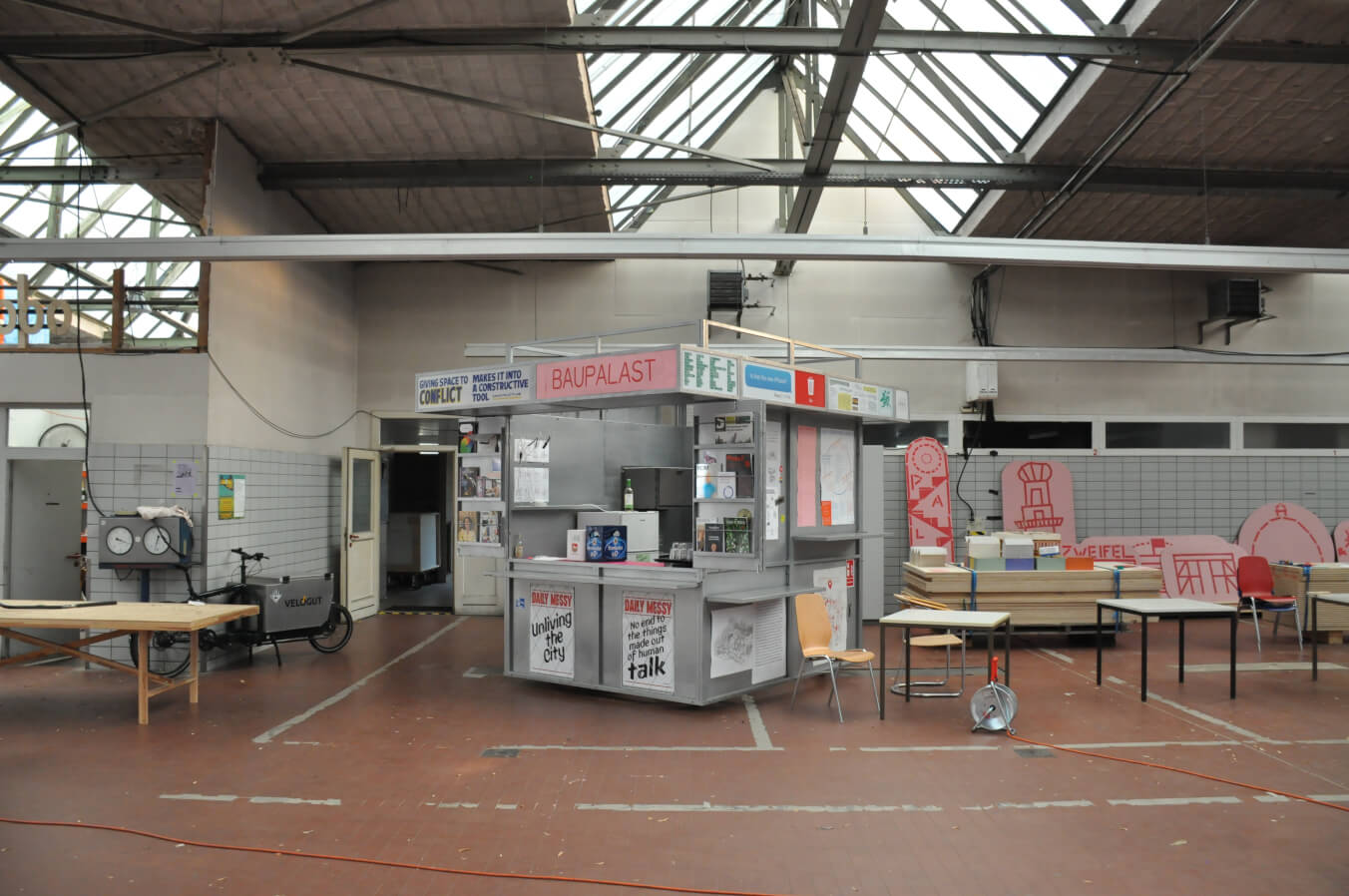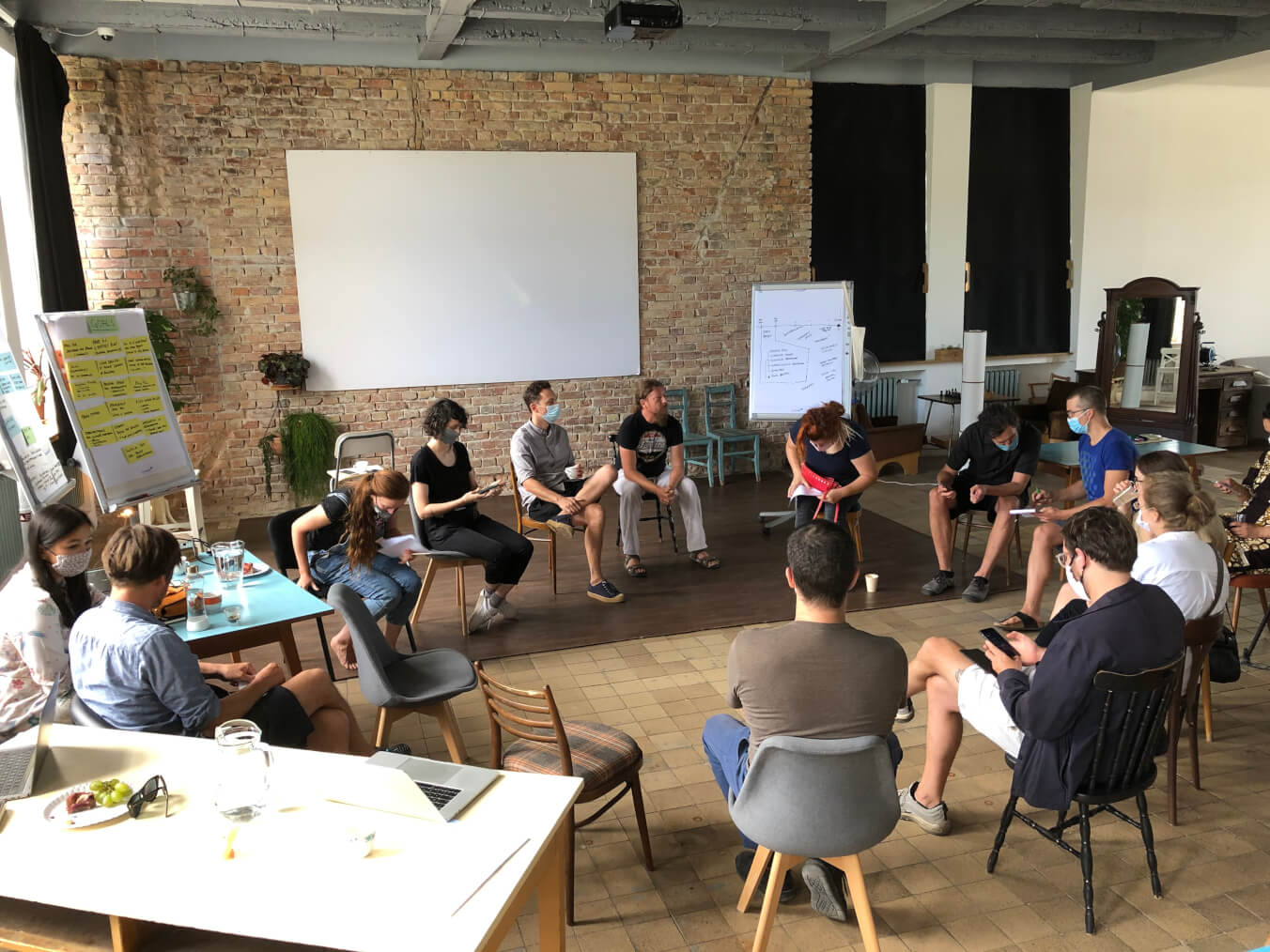Problem
To manage the complexity and scope of work within a heterogeneous residential community, open and democratic processes for decision-making and active working groups are essential. What forms can self-organised working groups take during planning and construction processes or the use phase of a building? What contribution can they make?
Generic description
The organisation of working groups or the establishment of non-profit associations (Hausverein) support the self-organisation of residents. This is done for the purpose of various concerns such as planning processes, renovation work, maintenance and operation of non-private premises, organisation of cultural events or the integration of new residents.
Example
The project Kalkbreite established a “community council” (Gemeinrat) – a decision-making and planning forum that meets monthly. It enables residents to inform themselves about social, cultural and political initiatives, budget, construction and maintenance issues and to participate in decision-making or initiate their own projects. Projects usually focus on revitalising non-private spaces. The volunteer-led community council decides on the projects, which are then implemented by working groups. Outsiders are also invited to get involved.
A system has also been introduced whereby residents are paid for their time once they have volunteered more than 20 hours. This can help to encourage residents on the one hand and compensate them on the other when they invest more time in the construction, maintenance and management of the project.
Similarly, the project Spreefeld created has a system whereby residents could invest their own sweat equity in the construction work on the interiors of their own apartments and commercial spaces, thus being eligible for a reduction in the amount of start-up capital required.
The Giesserei has launched a number of initiatives that support the residents in asserting their rights and responsibilities. For example, there is a program that introduces topics such as self-governance and opens up the discourse so that residents can find their own role in the project. In addition, there are the “Giesserei-hours”, which means that each resident must contribute 36 “working hours” per year for the community project, ranging from management tasks, maintenance and repair work to cleaning and care services.


Lessons learned and synergies
In shared housing projects, it is a good idea to set up working groups for different areas of responsibility and the activities that arise there. Decision-making within these groups usually takes place by consensus. Models of collective self-organisation are often associated with considerable expenditure of time, energy and perhaps also money. However, the involvement of residents in the planning, construction or conversion as well as in the operational management also strengthens identification and ownership of the project, which strengthens the community, reduces costs, promotes more sustainable behaviour and overall contributes to long-term existence. The prerequisite for any successful self-organised working group is functioning communication, transparency and trust among each other.
Sources
Kalkbreite (o.J.): Anleitung Kalkbreite. Accessed on 20.04.2021 from http://anleitung.kalkbreite.staging-flake.tk/struktur/gemeinrat.html
id22 (2021): Social*Ecological Co*Housing, Part of CMI.BA research project
